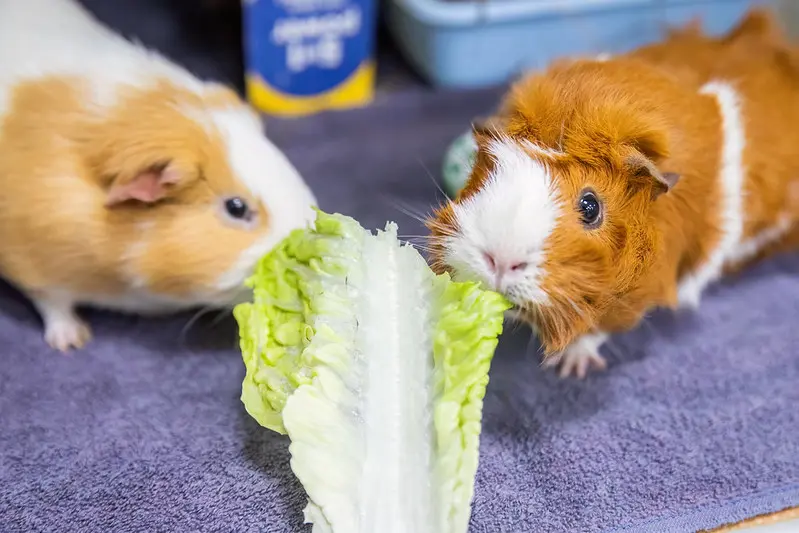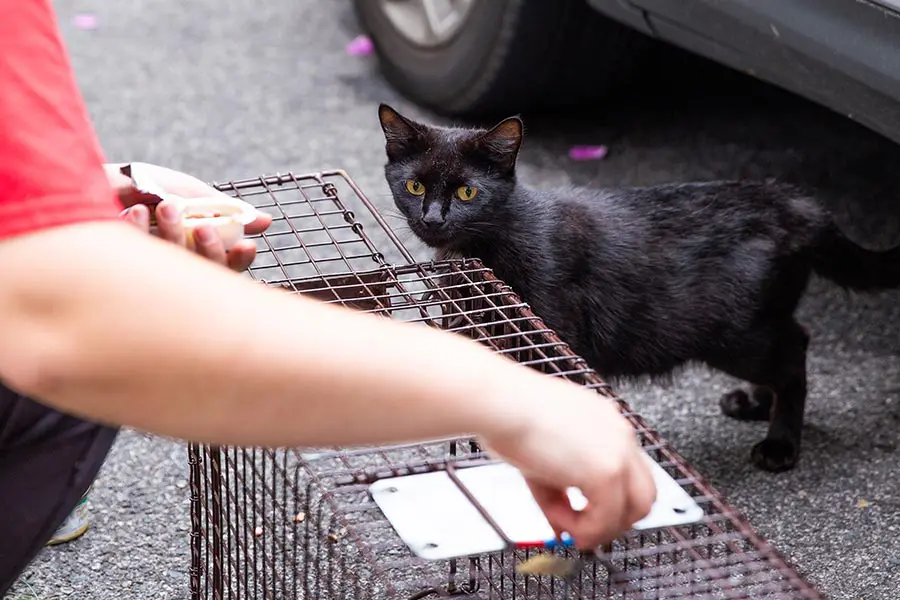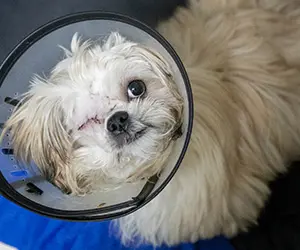ARL Takes in 25 Cats in Two Separate Overcrowding Situations
ARL is a resource for overwhelmed pet owners in overcrowding situations
In the past two weeks, the Animal Rescue League of Boston (ARL) has taken in 25 cats through two separate overcrowding situations where the owners were overwhelmed by the number of animals in the home.
The cats are will be made available for adoption soon, however, situations like this put a strain on ARL’s resources and the organization is asking the public for assistance to provide the care and support these animals need.
Both instances of overcrowding are due to lack of accessible and/or low-cost spay and neuter services.
Once the cats began reproducing, the numbers quickly spiraled out of control for the owners, who then reached out to ARL for assistance.
ARL worked with the owners to safely corral the cats, and then transported them to ARL’s Boston Animal Care & Adoption Center for medical care.
While it is common to see upper respiratory infections and under-socialization in cats from overcrowding situations, these cats were healthy, well cared for, and the majority of the animals are incredibly friendly and social.
They are receiving vaccinations, spay/neuter surgery, and will soon be available for adoption.
ARL is prepared to help anyone who has too many animals in the home, as the organization works with the pet owners to find a solution that works best for both the animals and people involved.
If you or someone you know is in need of assistance, visit our Here to Help page or call (617) 426-9170.
A sudden large intake of animals strains ARL’s limited resources, as care for these animals is already well into the thousands.
Please consider donating to support ARL and the ongoing care for these cats and animals like them.















 Meow-o-meter: Tracking Impact
Meow-o-meter: Tracking Impact




